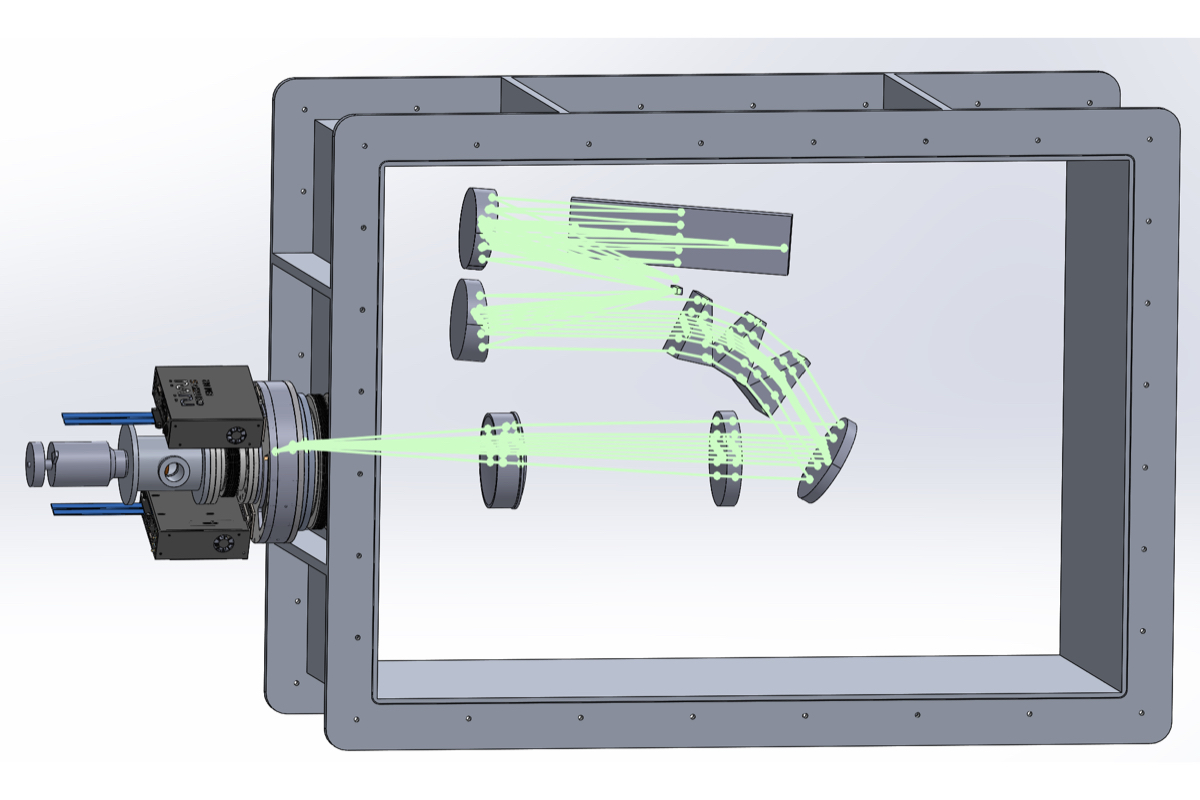VROOMM


Technical Specifications |
|
|---|---|
| Instrument Name | Vitesses Radiales Observées à l'Observatoire du Mont-Mégantic |
| Acronym | VROOMM |
| First Light | TBD |
| Wavelength Regime | 380 - 920 nanometers (approximation) |
| Instrument Type | High-precision spectrograph |
| Status | In development |
VROOMM (Vitesses Radiales Observées à l’Observatoire du Mont-Mégantic) is the next instrument to be designed at the OMM’s Experimental Astrophysics Laboratory. VROOMM is a high-resolution optical spectrograph for the Mont-Mégantic Observatory’s 1.6-metre telescope.
It will be specialized to measure, with high precision, the radial velocity of nearby bright stars in the northern hemisphere, all strongly suspected of harboring one or more transiting exoplanets. We plan to devote ~2/3 of the OMM’s time to VROOMM in order to follow up exoplanets discovered by NASA’s Transiting Exoplanet Survey Satellite (TESS). VROOMM’s observations will enable our team to quickly and competitively confirm more than half of all new transiting northern exoplanets found by TESS. This will enable in-depth follow-up observations with SPIRou, a high-resolution infrared spectrograph installed on the Canada-France-Hawaii Telescope, an instrument specialised in detecting and measuring the mass of small planets orbiting low-mass stars such as those found by TESS. Observations from VROOMM and SPIRou will justify valuable follow-up transit spectroscopy observations of these exoplanets with the James Webb Space Telescope to probe their atmospheres for water, CO2 and CH4.
VROOMM is a unique and versatile instrument that will benefit a large number of users across Canada, enabling a wide range of scientific applications, from determining the fundamental parameters of stars of any mass to studying the stellar population of nearby galaxies. VROOMM will support the work of at least two dozen graduate students (in addition to undergraduates), both locally and abroad.